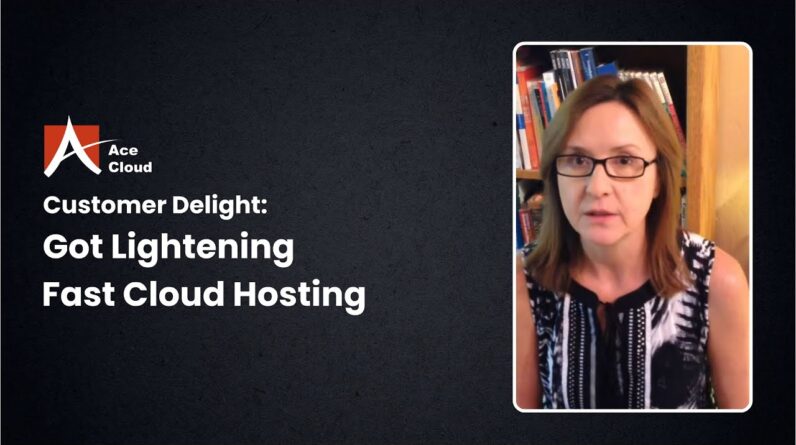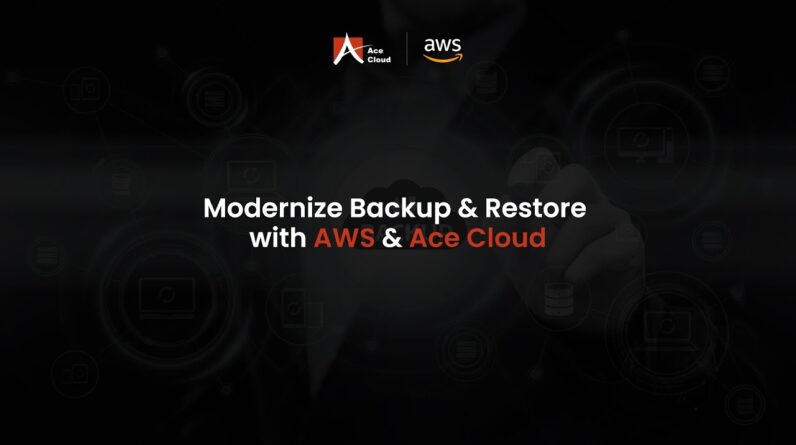
"Faster Hosting with FREE SSDs, Pre-Installed WordPress + Free Web Builder, 24/7 US Based Support"
Unlimited Bandwidth, Storage and Email, $150 Ad Credits with Bing, Yahoo, and Amazon, 20x Faster Hosting
For prospective cloud professionals interested in understanding the entire lifecycle of virtual instance deployment and configuration on well-known cloud platforms like AWS and Linode, this course includes a thorough manual. Beginning with the fundamentals, we look at different cloud computing service models. This comprises platform-as-a-service, software-as-a-service, and infrastructure-as-a-service. Students then have first-hand experience building and managing remote virtual instances that are configured with Ubuntu, Apache, MariaDB, and PHP. The differences between well-known web servers like Apache and NGINX will be covered, and students will also get a thorough introduction to a variety of database management systems. Along with database transaction standards like ACID and CAP Theorem, this includes both SQL and NoSQL databases.The course includes a theoretical deep dive as well as practical examples of installing, configuring, and securing the LAMP stack on Ubuntu for hosting dynamic, database-driven web applications. We provide a thorough section on server security where students set up software and network firewalls utilising stringent firewall rules, UFW, and custom SSH ports for their particular instance. Students will also learn how to use application load balancers to scale their servers both vertically and horizontally at this point.
An extensive overview of Amazon Web Services is provided in the second half of the course. We begin by showing you how to set up, secure, and use an AWS account. This entails configuring multi-factor authentication and billing alerts. The management of user accounts for various AWS services and AWS Identity and Access management for improved account security follow. IAM User management and permissions, IAM Groups, IAM Policies, and access key rotation are all covered in this section. We’ll move straight into the Amazon Elastic Compute Cloud (EC2) service after the IAM portion. Students learn how to use Amazon Machine Images, Elastic IPs, and Launch Templates to deploy virtual instances on AWS in this module. Additionally, we will look at IAM roles for EC2, EC2 Security Groups, SSH key pair authentication, and remote management via both EC2 Instance Connect and a terminal.
What you’ll discover
Basics of Cloud Computing
Models for Cloud Computing Services (IaaS, PaaS, SaaS)
Deployment and Configuration of Cloud Servers on Linode
principles of Linux
Installation and Configuration of the LAMP Stack
Bases for Server Security (Network & Hosted Firewalls, UFW)
Scaling Horizontal and Vertical Instances
Models for Cloud Deployment (Private, Public, Community)
Foundations AWS (Account Registration and Basic Security)
IAM Foundations for AWS (Users, Groups, Policies, Roles, Access Keys)
Foundations of the Amazon Elastic Compute Cloud (EC2)
Roles for IAM in EC2
SSH: Secure Socket Shell for Instance Management







